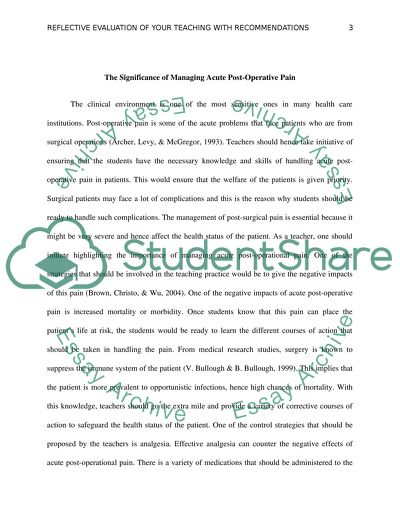Cite this document
(“Reflective evaluation of your teaching with recommendations Assignment”, n.d.)
Retrieved de https://studentshare.org/education/1476794-reflective-evaluation-of-your-teaching-with
Retrieved de https://studentshare.org/education/1476794-reflective-evaluation-of-your-teaching-with
(Reflective Evaluation of Your Teaching With Recommendations Assignment)
https://studentshare.org/education/1476794-reflective-evaluation-of-your-teaching-with.
https://studentshare.org/education/1476794-reflective-evaluation-of-your-teaching-with.
“Reflective Evaluation of Your Teaching With Recommendations Assignment”, n.d. https://studentshare.org/education/1476794-reflective-evaluation-of-your-teaching-with.


